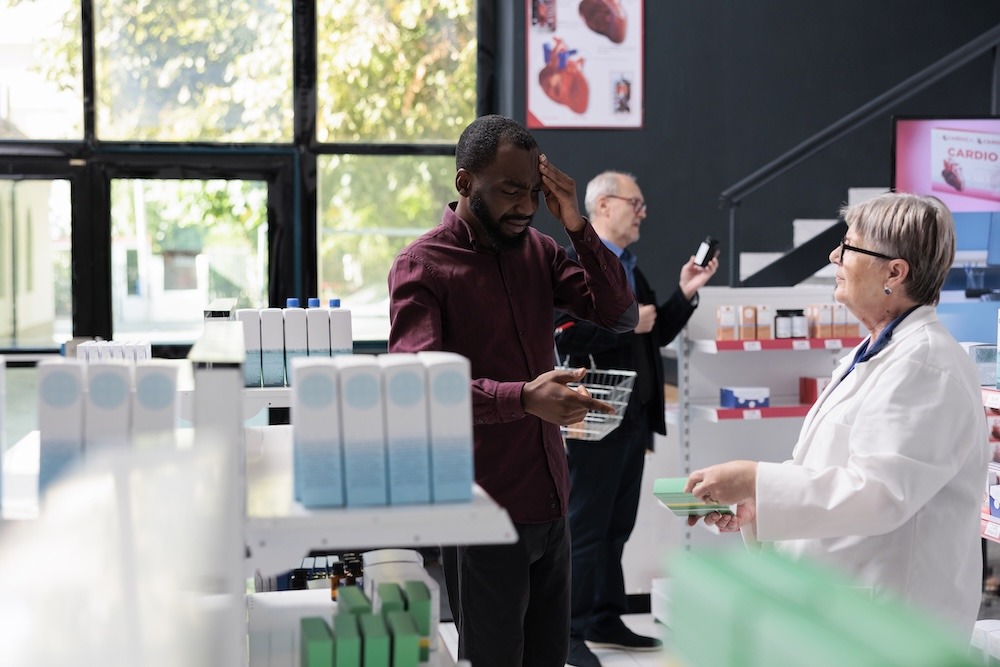In the fast-paced environment of an independent pharmacy, teamwork isn’t just important—it’s essential. Success depends on how effectively pharmacy staff, from pharmacists to dispensers, collaborate to deliver top-notch patient care. But have you ever stopped to consider the invisible forces shaping your team’s performance?
These forces, known as team dynamics, play a critical role in determining whether your team functions like a well-oiled machine or struggles under pressure. For pharmacy leaders and team members alike, understanding team dynamics is a cornerstone of pharmacy leadership development and a vital step toward improving collaboration, trust, and overall success.
What Are Team Dynamics?
Team dynamics refers to the unconscious psychological forces that influence the behavior and performance of a group. These dynamics are shaped by the personalities of team members, their relationships, and the environment in which they work.
In the context of an independent pharmacy, team dynamics impact:
- Communication styles: How effectively team members share information during busy periods.
- Conflict resolution: The way disagreements are addressed—or avoided.
- Collaboration levels: The degree to which team members trust and rely on one another.
Understanding these dynamics is vital for pharmacy team leadership. Leaders who recognize and manage team dynamics can foster trust, resolve conflicts, and align team efforts with the pharmacy’s goals.
The Good and the Bad of Team Dynamics
Not all team dynamics are positive. Some propel pharmacy teams toward excellence, while others hinder productivity and morale.
Good Dynamics
Positive team dynamics foster trust, open communication, and collaboration. For example, a well-functioning team handles peak hours seamlessly, delegating tasks efficiently while ensuring patients receive exceptional care. These dynamics are key to enhancing patient satisfaction and maintaining team morale.
Bad Dynamics
Negative dynamics, on the other hand, create stress, inefficiency, and dissatisfaction. Miscommunication, unresolved conflicts, or a lack of trust can lead to mistakes and delays—ultimately impacting both patients and the team.
Imagine a scenario where roles are unclear. One team member might feel overwhelmed while another waits for direction. Such issues are common but can be addressed with strong pharmacy team leadership and clear communication strategies.
Why Team Dynamics Matter in Pharmacy Leadership
As an independent pharmacy leader, your role goes beyond ensuring tasks are completed. You are also responsible for creating an environment where your team thrives.
Unique Challenges in Independent Pharmacies
- Diverse Roles: From pharmacists to counter assistants, every team member plays a critical part. However, role overlap, or ambiguity can disrupt workflows.
- High-Pressure Environment: Accuracy and speed are non-negotiable in pharmacies, often creating stress that tests team cohesion.
- Direct Patient Interaction: Pharmacy teams must provide exceptional service while managing expectations, emotions, and regulatory requirements.
Leaders who understand team dynamics are better equipped to address these challenges. By fostering trust, resolving conflicts, and encouraging collaboration, you can elevate both team performance and patient care.
How Pharmacy Leaders Shape Team Dynamics
Pharmacy leadership skills directly influence team dynamics. Here are three key areas to focus on:
- Building Trust
Trust is the foundation of any high-performing team. Leaders can build trust by:- Creating an open and supportive environment.
- Encouraging vulnerability and honest feedback.
- Recognizing and celebrating team contributions.
- Enhancing Communication
Effective communication prevents missteps and fosters collaboration. Pharmacy leaders should:- Encourage regular team check-ins.
- Set clear expectations for roles and responsibilities.
- Promote active listening among team members.
- Resolving Conflicts
Conflict is inevitable, but how it’s managed makes all the difference. Leaders must:- Address conflicts directly and constructively.
- Focus on solutions that prioritize the pharmacy’s goals.
- Use conflict as an opportunity for growth and learning.
Looking Ahead: A Framework for Pharmacy Leadership Development
This blog is part of a series designed to help independent pharmacy teams optimize their dynamics for success. Over the coming weeks, we’ll explore:
- Building Strong Foundations: What makes a pharmacy team effective?
- Overcoming Common Challenges: How to address dysfunctions like lack of trust or accountability.
- The Role of Trust in Pharmacy Teams: Why trust is the cornerstone of every great team.
- Practical Tips for Personal and Professional Growth: Ten habits of high-performing pharmacy teams.
These posts will provide actionable advice for pharmacy leaders and team members, focusing on strategies that align with both professional development and operational excellence.
Conclusion
Understanding team dynamics isn’t just about improving daily workflows—it’s a core aspect of leadership in pharmacy practice. By recognizing the forces that shape your team’s behaviour, you can foster collaboration, build trust, and create an environment where everyone thrives.
As a pharmacy professional, you have the power to lead by example and inspire your team to excel. Take time to reflect on your team dynamics. Are they helping or hindering your pharmacy’s success? Share your insights with your team and join us for the next post in this series, where we’ll explore what makes a pharmacy team truly effective.







